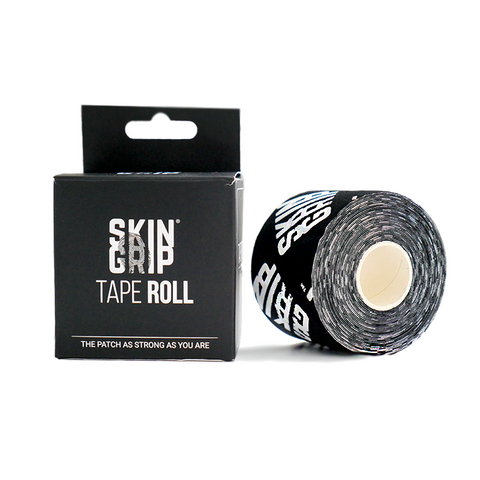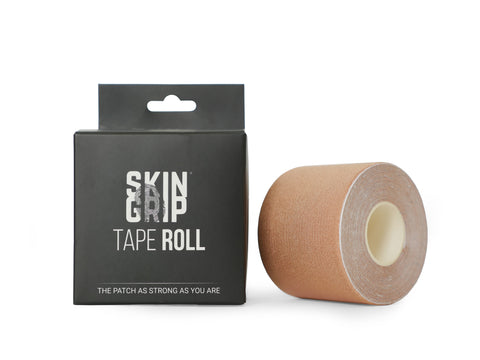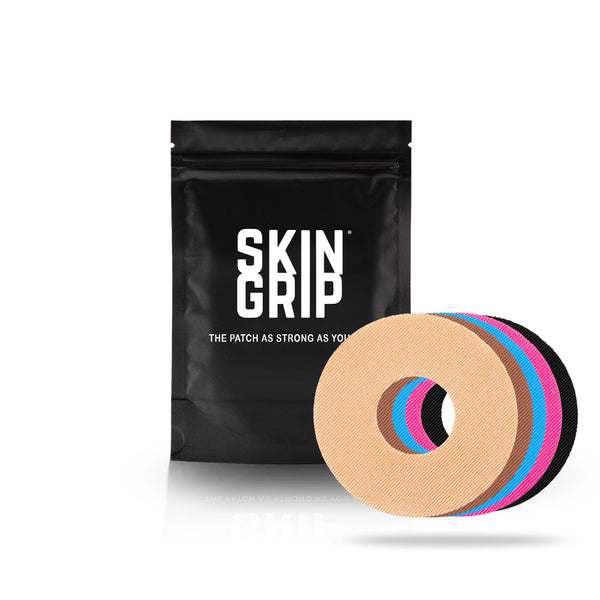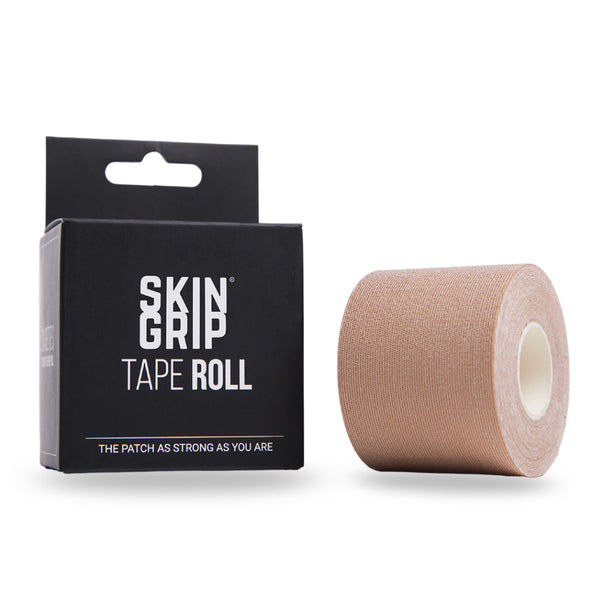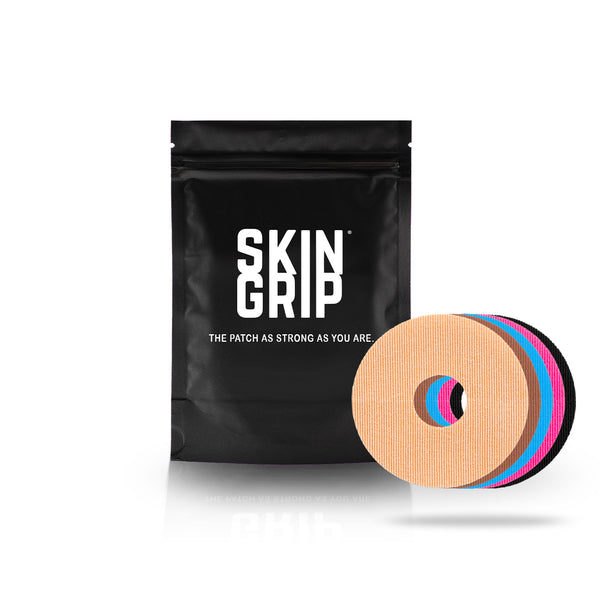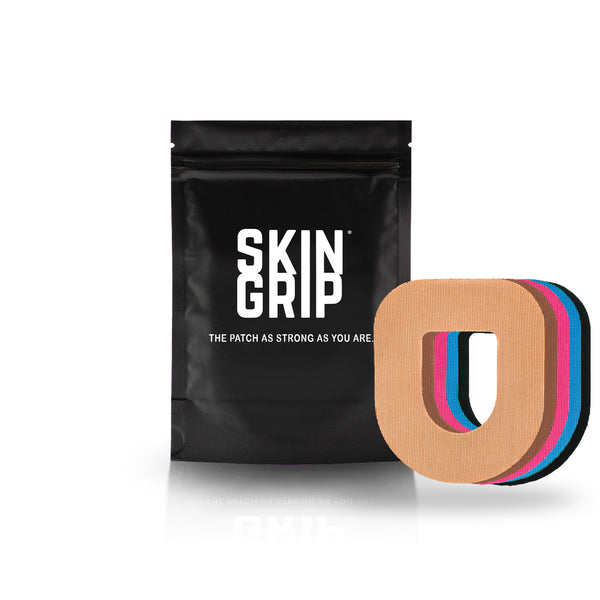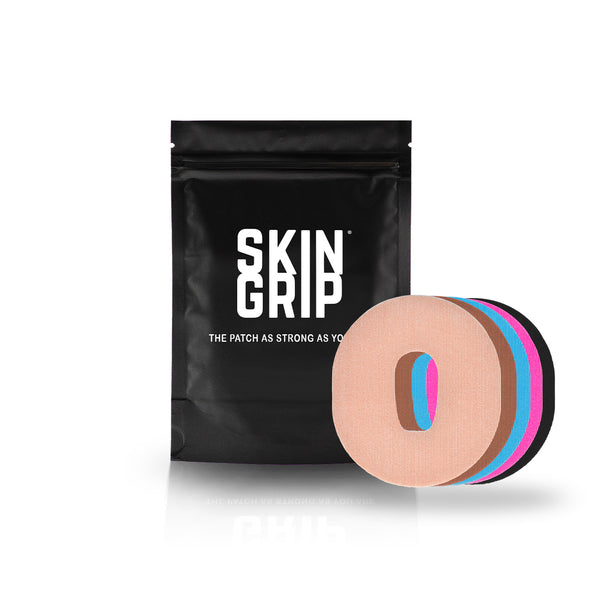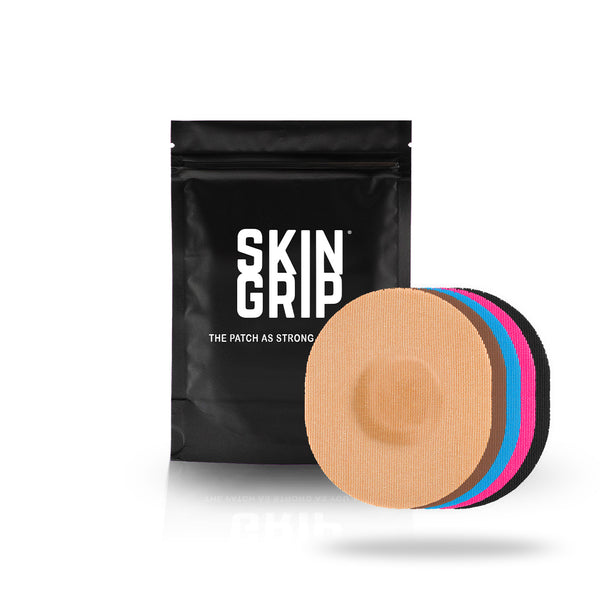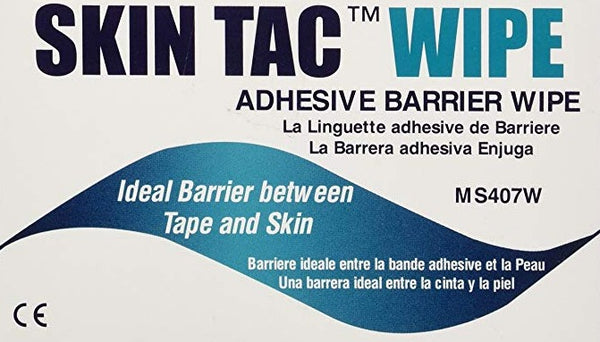This article was medically reviewed by Amanda Ciprich, MS, RD. Last updated on 3/12/24.
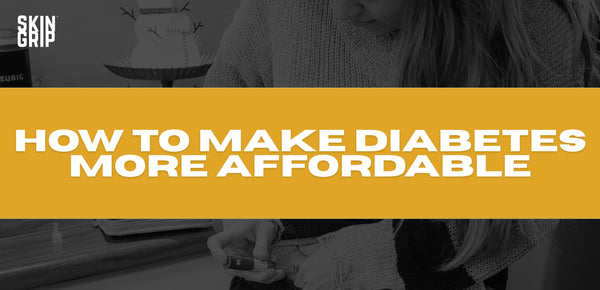
Living with diabetes comes with a multitude of challenges, among them the financial strain of being able to afford essential medical supplies and medications. The expenses linked to diabetes care is a significant barrier for individuals striving to maintain their health.
This blog post aims to extend a helping hand by providing you with a list of resources and practical tips designed to ease the financial strain of managing diabetes.
Preferred generic and brand medications
Opt for preferred generic and brand medications whenever possible. Preferred medications are often the most cost-effective option under your health insurance formulary. Consider asking your health insurance provider what the preferred medication options are for your specific plan to see if there are more cost-effective alternatives available.
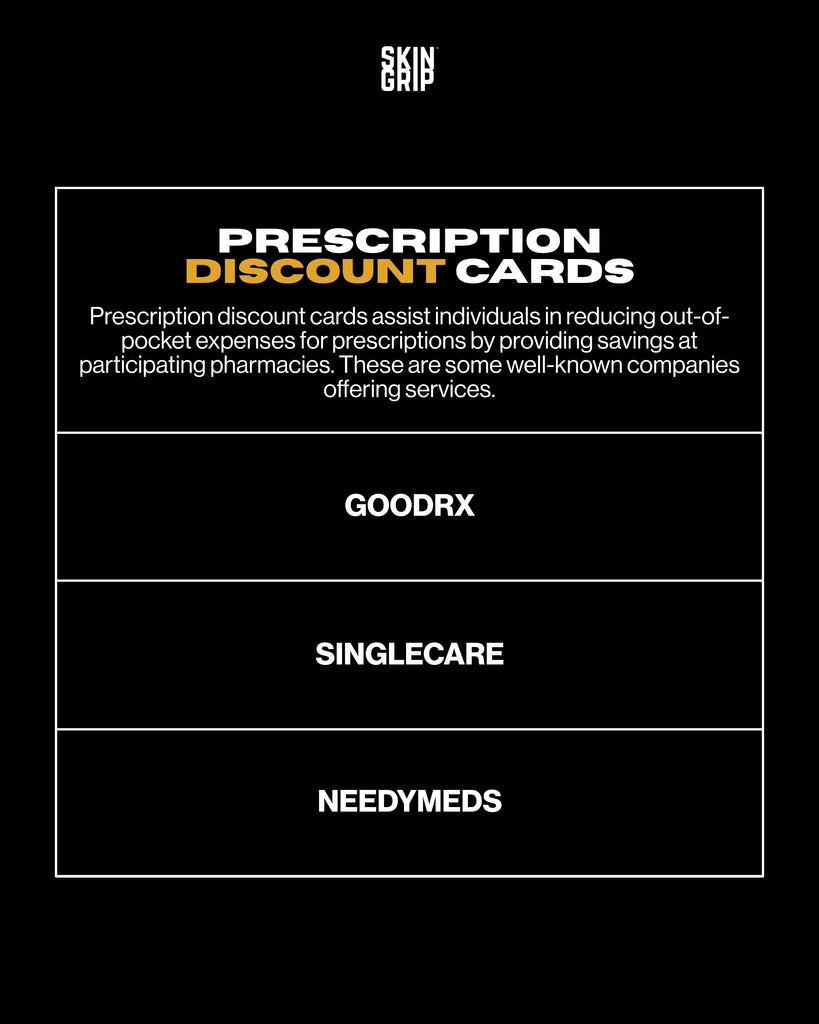
Manufacturer discount cards
Pharmaceutical manufacturers frequently provide discount cards, also referred to as manufacturer coupons, copay coupons or copay assistance cards. These can be accessed online by searching the manufacturer’s name alongside “copay program.”
To obtain a discount card, the manufacturer may gather basic information. Once activated, you must present the coupon to the pharmacist during check out for the savings to be applied. These discount cards can be utilized alongside commercial insurance, but typically have a specific savings limit set by the manufacturer. Medicare and Medicaid recipients are not eligible for these programs. See below for manufacturer savings cards.
- Novo Nordisk: savings card for various Novo Nordisk products like novolog, fiasp, and tresiba.
- Eli Lilly: savings card for Eli Lilly products including basaglar, baqsimi, and lyumjev.
- Sanofi: savings card for Sanofi products including admelog, apidra, lantus and toujeo.
- Mannkind: savings card for Mannkind’s inhalable insulin, afrezza.
- One Touch: savings card for One Touch products.
- Accu-Chek: savings card for Accu-Chek test products.

Patient assistance programs
Patient assistance programs (PAPs) are offered by pharmaceutical companies, nonprofit organizations and state governments to provide financial assistance for individuals who are unable to afford their prescription medications or medical supplies due to being underinsured or uninsured. To qualify, patients must complete an application and submit financial documentation, although eligibility requirements can vary based on the specific medication needed. Outlined below are patient assistance programs for continuous glucose monitors and insulin pump manufacturers:
- Dexcom Patient Assistance Program
- Abbott Freestyle Libre (Free Trial)
- Eversense Patient Assistance Program
- Mannkind (Afrezza)- Direct Purchase Program
- Tandem Diabetes Flexible Payment Plan
- Omnipod Financial Assistance Program
- Medtronic Financial Assistance Programs: Insulin Pumps, CGMs, and Smart Insulin Pens
Pharmacy-specific savings plans
Several larger chain pharmacies throughout the United State have their own savings programs to make prescription medications more affordable. The medications offered under pharmacy-specific savings plans are often generic and typically can’t combine these savings with your insurance plan, copay savings card, or other discount prescription cards.

Prescription discount cards
Prescription discount cards assist individuals in reducing out-of-pocket expenses for prescriptions by providing savings at participating pharmacies. When visiting their website, you input your location and prescriptions to view and compare prices at nearby participating pharmacies. The discount information provided will indicate the cash price you'd pay, which might be more affordable than an insurance copay or the pharmacy's regular cash price if insurance is not used. To receive these discounted rates, you must present the coupon to the pharmacy when picking up your prescription. Well-known companies offering services include:
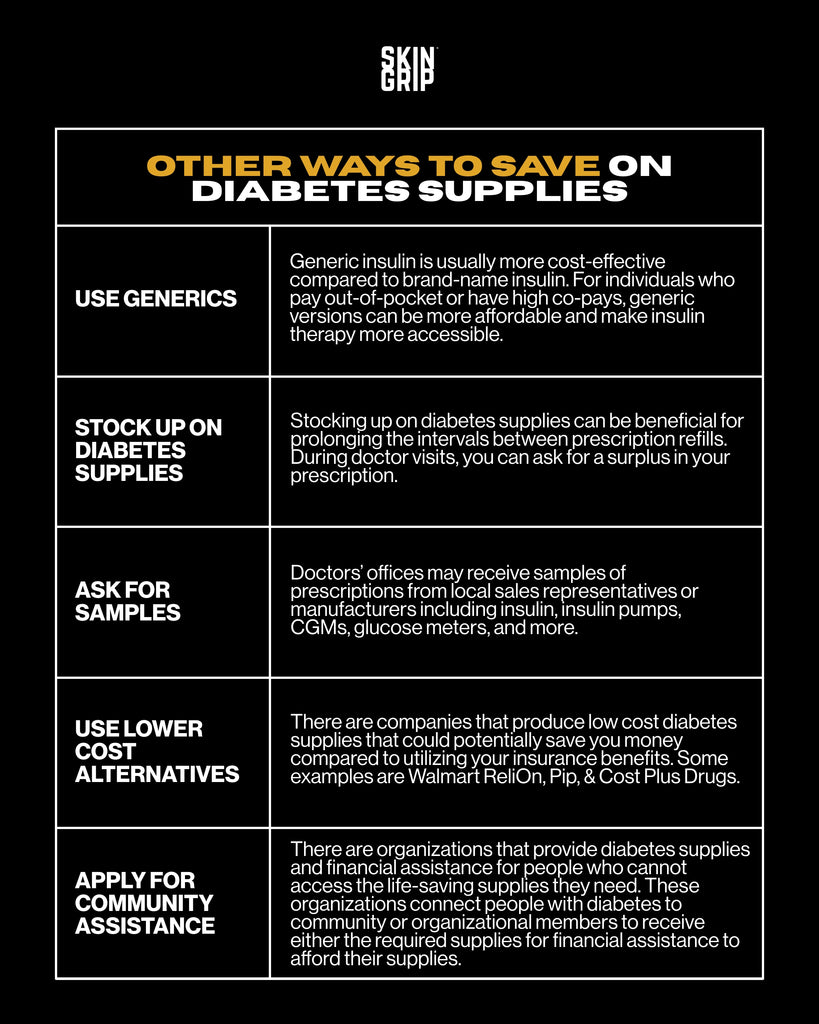
Other ways to save on diabetes supplies
Use Generics
Generic insulin is usually more cost-effective compared to brand-name insulin. For individuals who pay out-of-pocket or have high co-pays, generic versions can be more affordable and make insulin therapy more accessible. Insulin lispro (Humalog) and insulin aspart (Novolog) are authorized generics, meaning that they have the exact formulation and are manufactured by the same manufacturer as the brand-name counterpart.
Stock up on diabetes supplies
Stocking up on diabetes supplies can be beneficial for prolonging the intervals between prescription refills. During doctor visits, you can ask for a surplus in your prescription. This surplus could be beneficial in situations where you damage an insulin vial, not placing enough blood onto a test strip to get a reading, or requiring extra supplies for travel. By having an excess in supplies, you can gradually build up a stockpile as you may have leftover supplies when your next refill is due. Having a buffer in supplies can help you slowly build a stock as you will likely have leftover supplies when your next refill is due, so you can either refill it right away or wait longer in between refills. This surplus supply allows you the flexibility to either refill immediately or extend the duration between refills.
Ask for samples
Doctors' offices may receive samples of prescriptions from local sales representatives or manufacturers including insulin, insulin pumps, CGMs, glucose meters, and more. Although this isn’t a sustainable long-term solution, it may help in getting you the necessary medication or supplies while awaiting a more permanent solution.
Use lower cost alternatives
There are companies that produce low cost diabetes supplies that could potentially save you money compared to utilizing your insurance benefits. Here are some examples of available companies and what supplies they offer:
- Walmart ReliOn: glucose meters, test stips, lancets and insulin
- Pip: lancets, pen needles, glucose meters, and test strips
- Cost Plus Drugs: glucose meters, test strips, and oral medications
- Walgreens: blood glucose test strips, blood glucose meter, A1C test kit, glucose tablets, glucose gel, lancing device, lancets, and ketone test strips
- CVS Health: glucose meter test strips, lancing device, ketone test strips, pen needles, at home A1C test kit, blood glucose meter, glucose tablets, lancets, glucose liquid shots
Apply for community assistance
There are organizations that provide diabetes supplies and financial assistance for people who cannot access the life-saving supplies they need. These organizations connect people with diabetes to community or organizational members to receive either the required supplies for financial assistance to afford their supplies. These organizations include:
- CR3 Diabetes Association Inc: a 501(c)3 non-profit organization that aims to provide glucose meters, test strips, insulin pumps and supplies through in-kind and monetary donations.
- Embrace Foundation: a 501(c)3 non-profit organization that ships insulin, pump supplies, glucose meters, test strips and more to people with diabetes in need of supplies.
- Mutual Aid Diabetes: led by diabetes community members who volunteer to connect people with diabetes in need of medication, insulin, supplies and healthcare.
- Kyler Cares: a 501(c)3 non-profit organization that offers financial grants to aid families with costs associated with diabetes technology.
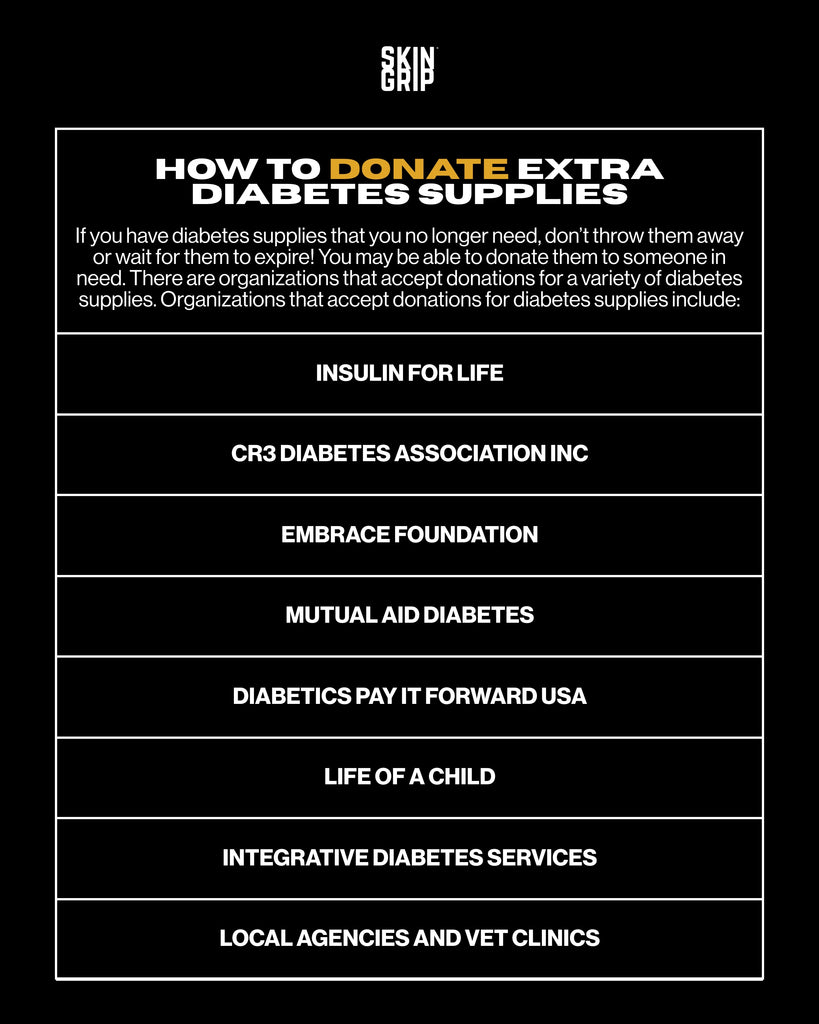
How can I donate diabetes supplies?
If you have diabetes supplies that you no longer need, don’t throw them away or wait for them to expire! You may be able to donate them to someone in need. There are organizations that accept donations for a variety of diabetes supplies including, insulin vials and pens, glucose meters, test strips A1C test kits, glucagon, syringes, insulin pumps, and continuous glucose monitors. Organizations that accept donations for diabetes supplies include:
- Insulin For Life
- CR3 Diabetes Association Inc
- Embrace Foundation
- Mutual Aid Diabetes
- Diabetics Pay it Forward USA
- Life of a Child
- Integrative Diabetes Services
- Local agencies and vet clinics
Summary
The cost of managing diabetes can add up between medications, devices and supplies. If you have been struggling to cover the cost of your diabetes care, take advantage of discount cards, patient assistance programs, and community connections to reduce the financial burden and get the supplies you need.
About Amanda Ciprich, MS, RD
Amanda Ciprich, a registered dietitian with a specialization in type 1 diabetes, was diagnosed with T1D herself at the age of 18. With her expertise and personal experience, she has authored two books, including "The Caregiver's Guide to Diabetes: Practical Advice for Caring for Your Loved One." As the founder of T1D Nutritionist, a virtual insurance-based private practice, Amanda provides counseling and guidance to individuals with T1D and their families, supporting them in effectively managing diabetes.
Shop Skin Grip Adhesive Patches








